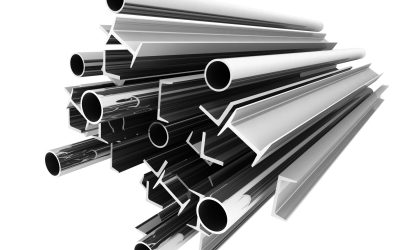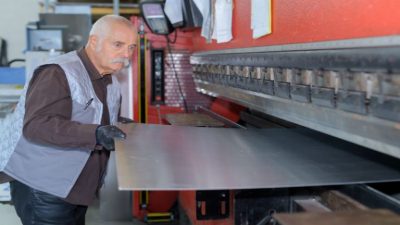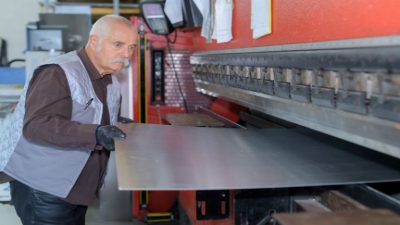While Cleveland may not be the fastest growing city in the United States, it is still a city with a lot of industry, construction, renovations and new business. As in other areas across the country, this increase in business has led to an increasing demand for metal fabrication and associated services.
Fabrication shops may specialize in one type of welding or they may offer several different processes. The two most often used include TIG or Tungsten Inert Gas welding and MIG welding or Metal Inert Gas.
The Process
The process of MIG welding requires practice to master. It is very different from standard types of spot welding processes for several different reasons. In the MIG process, there is a solid steel wire on a spool that is fed through the machine to the tip of the MIG gun. The tip of the gun is heated or has an electric charge, which instantly melts the wire to create the weld puddle with the base metal.
At the same time as this is happening, the inert gas is also flowing out of the gun to create a bubble or a shield for the weld pool. Without this gas, the elements in the air, the hydrogen, oxygen, nitrogen and trace gasses would get into the weld pool and cause changes . This, in turn, would cause changes in the quality of the weld.
The gas used in MIG welding is inert, which means it will not react but will create the desired shield. The most common gasses used are argon and helium. Today, some systems may use carbon dioxide, which accomplished the same level of protection. Since it is not technically an inert gas, this is called Gas Metal Arc Welding or GMAW, although this is not a term commonly used in Cleveland fabrication shops.
Why Use MIG?
There are many different benefits to using MIG for welding parts of all sizes and shapes. It is a very fast welding process with the continual feed of wire and gas available through the gun. All the welder has to do is pull the trigger to start the process.
MIG can be used to weld a wide variety of metals and alloys. It is commonly used for mild steels, but it can also be used for stainless steel as well as aluminum. Also, because of the physical welding process, it is possible to weld in all positions, which is important for welding complex and large components without having to constantly reposition the piece.



